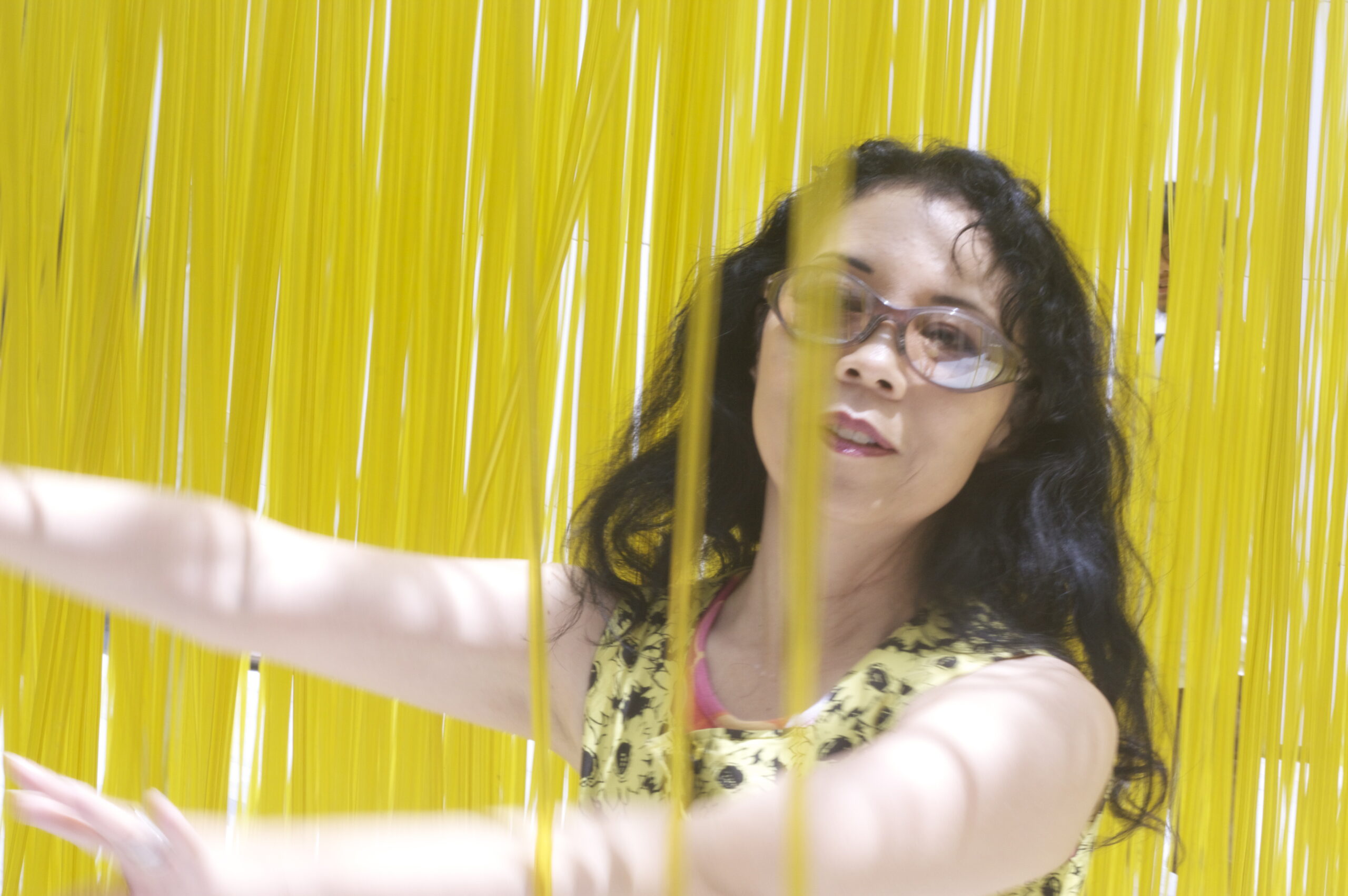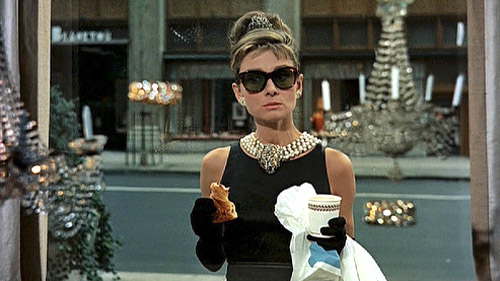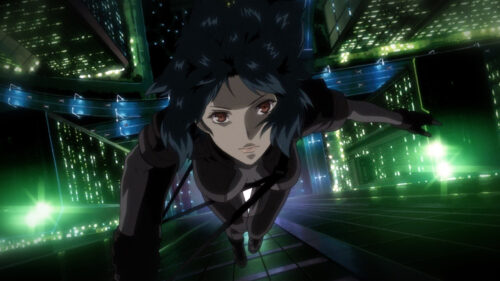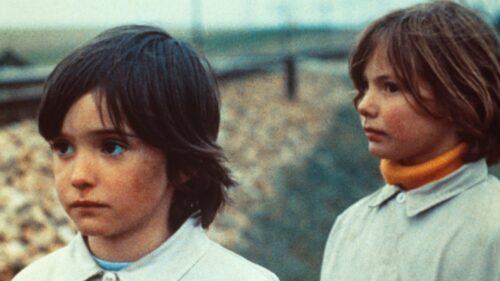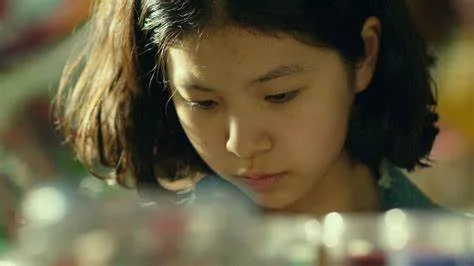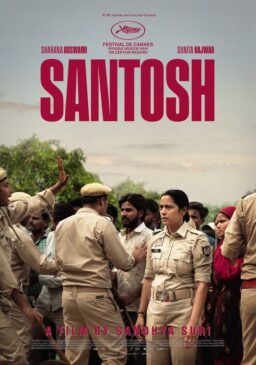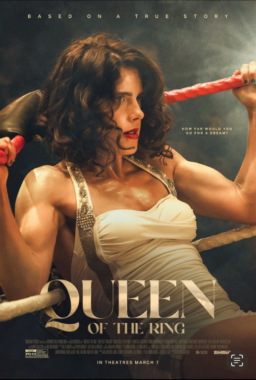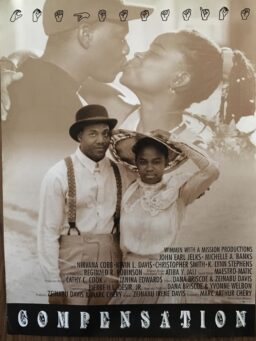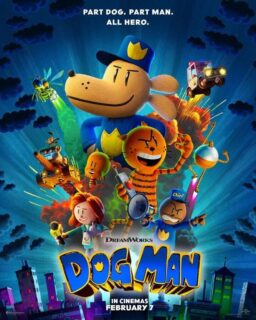With the passing of Andy Williams, I keep imagining his golden tenor singing Henry Mancini’s “Moon River.” The song talks about crossing life in style. “Breakfast at Tiffany’s” is all about fashionable cafe society and love; in an adult fairy tale, you can have both even if you are two drifters.
The director Gregory Nava once commented, “Whenever any question of style or taste in dress comes up, I simply ask myself, ‘What would Fred Astaire have done?'” Audrey Hepburn is Astaire’s female equivalent: sophistication mixed with fizzy fun.
Her little black dress for the opening scenes of “Breakfast at Tiffany’s” is iconic–and yet Truman Capote, who wrote the semi-autobiographical novel by the same name, wasn’t pleased with the casting. Capote wanted Marilyn Monroe. Monroe’s tragic life was closer to what Capote had in mind for his cafe society girl, what he called an American geisha. These women were yesterday’s arm candy. Monroe might have brought a sense of tawdry tarnish to Holly’s vulnerability. Hepburn’s Holly Golightly provided an innocent glow to the glamour of “Breakfast at Tiffany’s.”
It’s not hard to have breakfast at Tiffany’s and you don’t have to be in New York or Beverly Hills. Close to where I used to work in Old Pasadena, where an old movie theater once stood, is a Tiffany’s (although usually they take the good stuff out of the windows after hours). Holly Golightly as we first meet her is an elegant woman stepping out of a cab onto the sidewalk to peer into the windows of Tiffany’s while nibbling on what looks like French pastry. Her hair is piled up on top of her head and the baubles at her neck are large and clunky chic.
In order to enter her brownstone apartment building, she rings the doorbell of the single supposedly Japanese man, a Mr. Yunioshi, waking him up because she lost her key. This moment of physical comedy, where Yunioshi hits his head on his paper lantern and bumbling around makes his way to his door made me squirm, but I will come back to this later.
Once in her apartment, she must protect herself against last night’s date, Sid Arbuck (Claude Stroud) who paid for her friends and gave her $50 to go to the powder room from which she didn’t return. He has certain expectations, but luckily Yunioshi threatens to call the police and a disgruntled Arbuck slithers away.
Golightly herself is awakened later that day when a new tenant finds he has the wrong keys. This new man, Paul Varjak (George Peppard), introduces himself, and they chat as she prepares to visit a mobster in Sing Sing to bring back coded messages about the weather.
On her way out, Holly meets Paul’s patron, Emily Eustace (Patricia Neal) whom Paul introduces as his decorator. Later, Holly sees that Emily and Paul are intimately involved as she lurks on the fire escape, dodging another insistent date. When she comes into his apartment dressed in a thick, white robe and snuggles up to Paul, naked in his bed, it has the innocence of a kitten cuddling up to its owner. With Marilyn Monroe that chasteness might not have been possible. Holly tells Paul about her brother Fred and how she needs to save money to support him. Paul agrees to be called Fred. In a reciprocal reveal, Paul explains that he’s a published writer, but he hasn’t written anything for the last five years.
Holly skitters on the border of being a prostitute while Paul literally locks his decorator in a carnal embrace. Holly’s still the orphan waif, a damaged damsel in need of rescue, he’s the good boy gone bad but Paul is also in need of something. Holly decides that’s a new spool of typewriter ribbon. How quaint that must seem to people who have grown up on computers.
That evening, Holly gives a wild party with assorted cool people there and we meet her Hollywood agent O.J. Berman (Martin Balsam) who turned a pretty country hick into a sophisticated Manhattan cafe socialite. Holly’s frenemy Mag Wildwood (Dorothy Whitney) brings two very tempting men in tow after her photo session with Yunioshi: the rich American Rusty Trawler (Stanley Adams) and the rich Brazilian politico Jose da Silva Pereira (Jose Luis de Vilallonga).

The party scene seems to set the pattern for cool, kooky parties of the future, such as the beach party movies (although the first movie of this genre was the 1959 Sandra Dee-James Darren “Gidget”). I’m thinking of the Party Guest doing some hip swinging in a pre-spandex tight white dress. She reminds me of that woman in a fringed dress in the beach party movies. This kind of party is drunks as amusing as opposed to the home and hearth verbal terrorists of “Who’s Afraid of Virginia Woolf.”
As “Breakfast at Tiffany’s” is an adult fairy tale, the two lovely drifters, Holly and Paul will fall in love, even as Holly pursues first Rusty and then Jose. But before that we learn a little bit more about Holly. When the married Emily thinks she’s being followed, Paul confronts the stalker who turns out to be Holly’s husband. Who could be better than Buddy Epsen as Doc Golightly, a man who married a 14-year-old orphan? If that isn’t an icky situation of backwoods child bride and suspicious pedophilia, what is? Yet the future Beverly Hillbilly dispels the possibility of oily morality by being more fatherly than billy goat lustful.
Holly won’t be returning home with Doc. The Holly and Paul/Fred romance is filled with silly escapades like a trip into Tiffany for a $10 purchase. The $10 Holly and Paul have to spend at Tiffany’s would be worth $77 today. You can actually buy something at Tiffany’s for that amount. The $50 that Paul receives for his writing would then be $384.98.
“Breakfast at Tiffany’s” would work better without the yellowface, but a sanitized version would be a lie. The Audrey Hepburn style makes cute elegant–something that girls without cleavage need when growing up and even adults living in a silicone-improved world can find encouragement in the iconic black dress and other Holly Golightly fashion statements.
But for those concerned with yellowface, the proof is in the party. For the longest time, I couldn’t recall Mickey Rooney’s role in this classic film. Here, you have to consider historical context and the contextual milieu set up by the movie. In the movie, the party is inter-cut with scenes in Yunioshi’s apartment where Yuniyoshi’s serenity is disturbed by the party’s noise. At the party itself, two East Asian women appear. A young Korean woman named Linda Wong is only credited as “Party Guest.” Then there’s the “Chinese Party Guest” Annabella Soong. There are no East Asian men at the party, but a Hindu guest (William Benegal Rau). There is also one man who might be African American. The East Asian women are part of the cool crowd, but although Yunioshi is self-proclaimed artist and a fashion photographer, he isn’t cool–he’s bumbling and pathetic.

Granted there are enough pathetic men of any race in New York or any city to fill many a Manhattan apartment building, but for that time period, with the kind of equipment required for magazine and ad photography, a photographer wouldn’t be so awkward. The large format and medium format cameras were too expensive and required mathematical calculations. To make it in the field of fashion, the male photographers are much aware of their appearances. Think Horst P. Horst. Think Philippe Halsman. And there were Asian American photographers, including one Los Angeleno who would become famous for his photos of the Japanese American Internment and was a friend of Ansel Adams.
Rooney’s Yunioshi is the antithesis of style. In this fairy tale, the high fashion photog has less style than a Tennessee backwoods boy, Doc Golightly. Yunioshi is the dirty old man while Doc Golightly is a lovesick hick?
It’s a matter of balance, the yin and the yang. The yin is the sexy, attractive East Asian woman, but the yang, the sexy, attractive East Asian man is absent. Too often, the yang is a de-sexualized, nerd–the unattractive jester played by a non-East Asian actor in yellowface. Sometimes the dream makers of movies go as far as erasing East Asian men from history as with “21.”
Yunioshi ruins this lovely modern fairy tale romance, but Truman Capote didn’t approve of many of the changes including the happy ending. His two drifters don’t end up together. Imagine if Holly and Paul turned away from love because of their own delusions, not unlike the restraints on Princess Ann that prevented her from being with the handsome newsman played by Gregory Peck in “Roman Holiday.”


Hepburn had already made a fashion splash in the 1954 “Sabrina” opposite William Holden and Humphrey Bogart where her character learned French fashions during her culinary studies and then in the 1957 “Funny Face” she played a dedicated beatnik who becomes a fashion model in Paris. In “Breakfast at Tiffany’s” she’s again remarkably stylish for someone who can’t save any money.
As Givenchi’s muse, Hepburn embodied the darling gamine. She represented a different type of sexy. She wasn’t the kind of pin-up Hollywood regularly churned out and continues to do so, now with the help of silicone. Fred Astaire, her leading man in “Funny Face,” was thin, balding–not your typical leading man material, but he created a style of his own. So when you ask yourself now: What would Fred Astaire or Audrey Hepburn do? Create a style, own it and you’ll have found the rainbow’s end.
